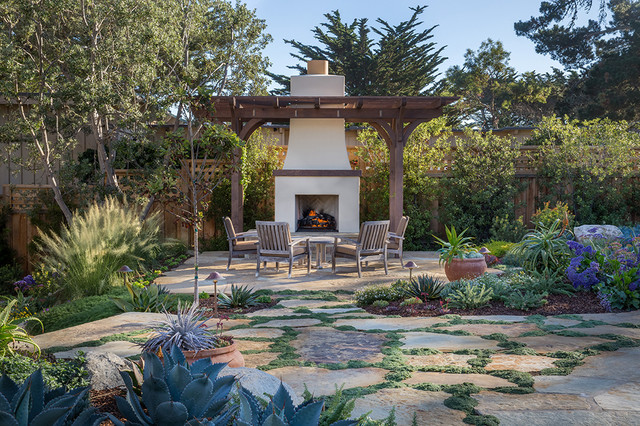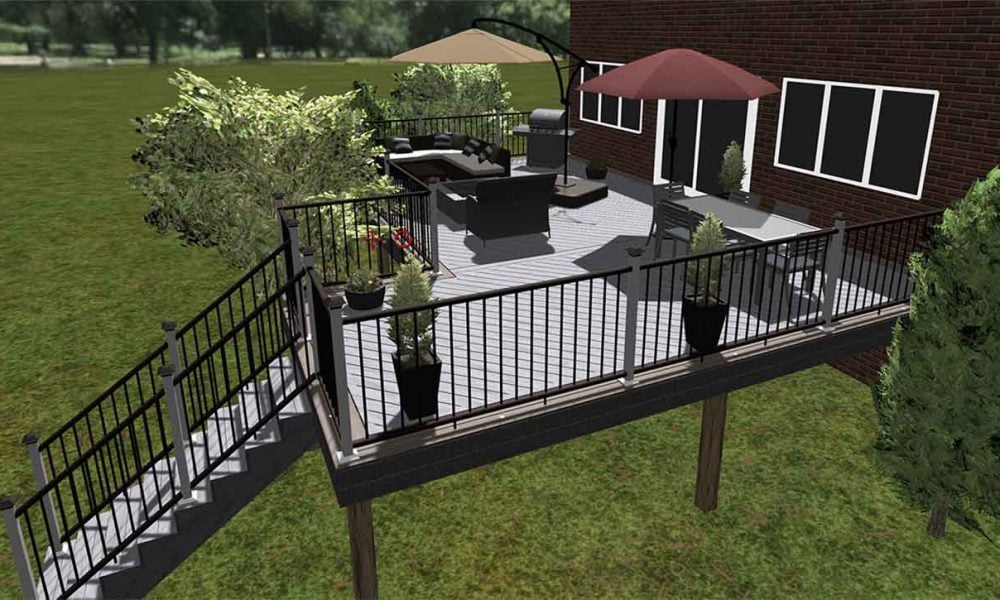Gardening can be a therapeutic and fulfilling hobby, but it can also be a lot of work and use up a lot of resources. In regions that experience drought or where water usage is limited, designing a garden that is low-maintenance and drought-tolerant is not only practical but also environmentally responsible.
Step 1: Plan and Research
The first step in designing a low-maintenance, drought-tolerant garden is to plan and research. Start by assessing your garden’s conditions, including the amount of sunlight, soil quality, and drainage. This will help you determine which plants are best suited for your garden.
Next, research plants that are native to your area or are drought-tolerant. These plants are adapted to the climate and require less water, fertilizer, and maintenance. Consider incorporating a mix of grasses, succulents, and wildflowers, which not only require less maintenance but also provide a natural aesthetic.
Step 2: Design and Layout

The next step is to design and layout your garden. Consider incorporating hardscaping elements such as rocks, gravel, and pathways to reduce the amount of grass and other plants that require water. These elements also add texture and visual interest to your garden.
When selecting plants, group them according to their water and sunlight requirements. This will make it easier to water them efficiently and ensure they thrive. Create a focal point in your garden with a tree or large shrub, and surround it with smaller plants that require less water.
Step 3: Soil and Mulch
The soil in your garden plays a crucial role in plant health and water retention. Amend your soil with compost and other organic matter to improve its water-holding capacity. Mulch your garden with a layer of organic material such as wood chips, bark, or straw. Mulch helps to retain moisture in the soil, suppress weeds, and regulate soil temperature.
Step 4: Irrigation
Irrigation is an essential aspect of designing a low-maintenance, drought-tolerant garden. Consider installing an efficient irrigation system such as drip irrigation or a soaker hose. These systems deliver water directly to the plants’ roots, reducing water waste and evaporation. Alternatively, water your garden with a hose or watering can during the early morning or late evening when the temperature is cooler and evaporation is minimal.
Step 5: Maintenance
The final step is maintenance. A low-maintenance garden still requires some upkeep, but it is minimal compared to traditional gardens. Remove weeds regularly and prune your plants as needed. Fertilize your garden once a year with an organic fertilizer. Monitor your garden for pests and diseases and address them promptly.
Designing a low-maintenance, drought-tolerant garden is not only practical but also environmentally responsible. By following these steps, you can create a beautiful and sustainable garden that requires less water, fertilizer, and maintenance.

